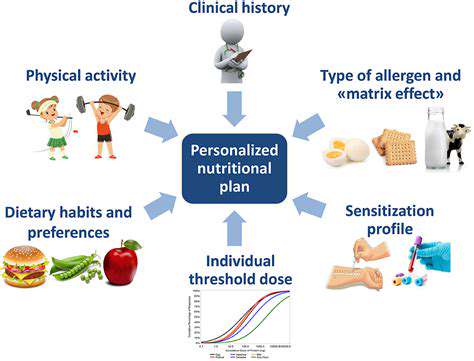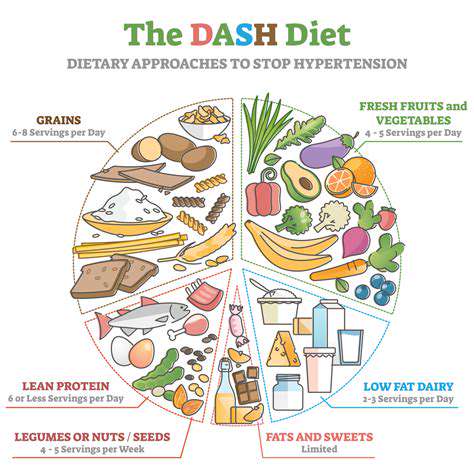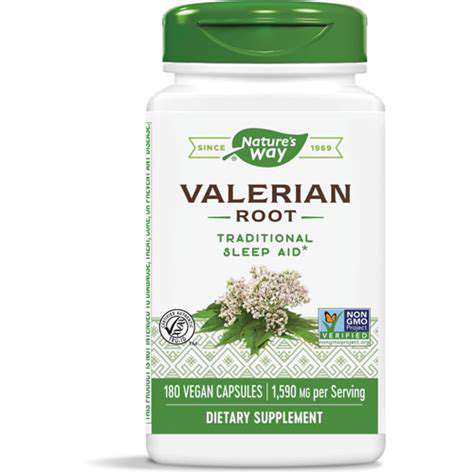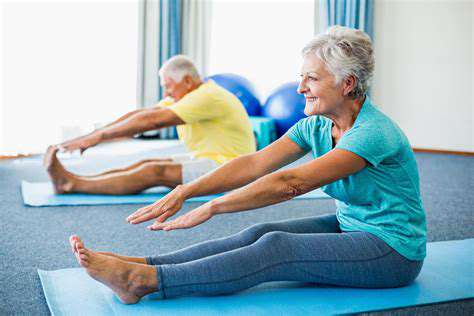Guide to Incorporating Mindfulness Into Your Day

Mindful Movement: Cultivating Awareness Through Physical Activity
Mindful movement isn't just about exercising; it's about engaging with your body in a conscious way. It's about noticing the sensations in your muscles, the rhythm of your breath, and the subtle shifts in your posture as you move. This awareness can transform simple actions like walking or stretching into deeply meditative practices.
By paying attention to the present moment during physical activity, you can reduce stress and cultivate a deeper connection with your body. This connection allows you to move with greater ease and grace, fostering a sense of well-being that extends beyond the gym or yoga studio.
Finding Your Flow: The Importance of Rhythm and Pace
A crucial element of mindful movement is finding a rhythm and pace that feels comfortable and sustainable. This isn't about pushing yourself to the limit, but rather about discovering a flow that allows your body to move with ease and grace. This often involves listening to your body's cues and adjusting your pace accordingly.
Connecting with Your Breath: The Inherent Link Between Movement and Respiration
Breathing is the cornerstone of mindful movement. It's the invisible thread that connects every movement, every sensation, every moment of awareness. Pay close attention to the natural rhythm of your breath, noticing how it influences your posture and your overall experience of movement. As you become more aware of your breath, you'll be better able to regulate your energy and find a more balanced state of mind.
Notice how your breath changes with different types of movement. Is it shallow and rapid during a challenging exercise or deep and slow during a gentle stretch? Observing these changes will deepen your understanding of the intricate relationship between your body and your breath.
Exploring Different Movement Practices: Yoga, Tai Chi, and Beyond
Mindful movement encompasses a wide range of practices, from yoga and tai chi to walking meditations and mindful stretching. Each practice offers unique benefits and opportunities for cultivating awareness. Yoga, with its focus on postures and breathwork, can cultivate strength, flexibility, and a sense of calm. Tai chi, with its flowing, graceful movements, can promote balance, coordination, and inner peace. Exploring different forms of mindful movement can help you discover what resonates most deeply with you.
Cultivating Awareness of Posture and Alignment: A Holistic Approach to Movement
Paying attention to your posture and alignment is essential for mindful movement. Poor posture can lead to unnecessary strain and discomfort, hindering your ability to move freely and with awareness. By consciously attending to your posture, you can engage your core muscles, improve your balance, and promote a sense of groundedness.
Incorporating Mindful Movement into Daily Life: Small Changes, Big Impact
Mindful movement doesn't have to be a formal practice reserved for dedicated time slots. It can be woven into your daily routine, enriching your experience of everyday activities. Taking a mindful walk during your lunch break, stretching before work, or engaging in a short yoga sequence at home can have a profound impact on your overall well-being. These small, conscious movements can transform your relationship with your body and mind.
The Benefits of Mindful Movement: Physical, Mental, and Emotional Well-being
The benefits of mindful movement extend far beyond physical fitness. It fosters mental clarity, emotional regulation, and a greater sense of self-awareness. Mindful movement can help reduce stress, anxiety, and depression, fostering a stronger connection between your mind and body. It allows you to find calm amidst the chaos of daily life, promoting a greater sense of peace and well-being.
Read more about Guide to Incorporating Mindfulness Into Your Day
Hot Recommendations
-
*Guide to Managing Gout Through Diet
-
*Best Habits for Financial Well being
-
*How to Build a Routine for Better Mental Health
-
*How to Eat Healthy on a Budget [Tips & Meal Ideas]
-
*Guide to Practicing Self Acceptance
-
*How to Incorporate More Movement Into Your Day
-
*Guide to Managing Chronic Pain Naturally
-
*Guide to Building a Reading Habit for Well being
-
*Top 5 Weight Loss Supplements That Actually Work
-
*Best Exercises for Postpartum Recovery [Beyond Abdominal Work]











